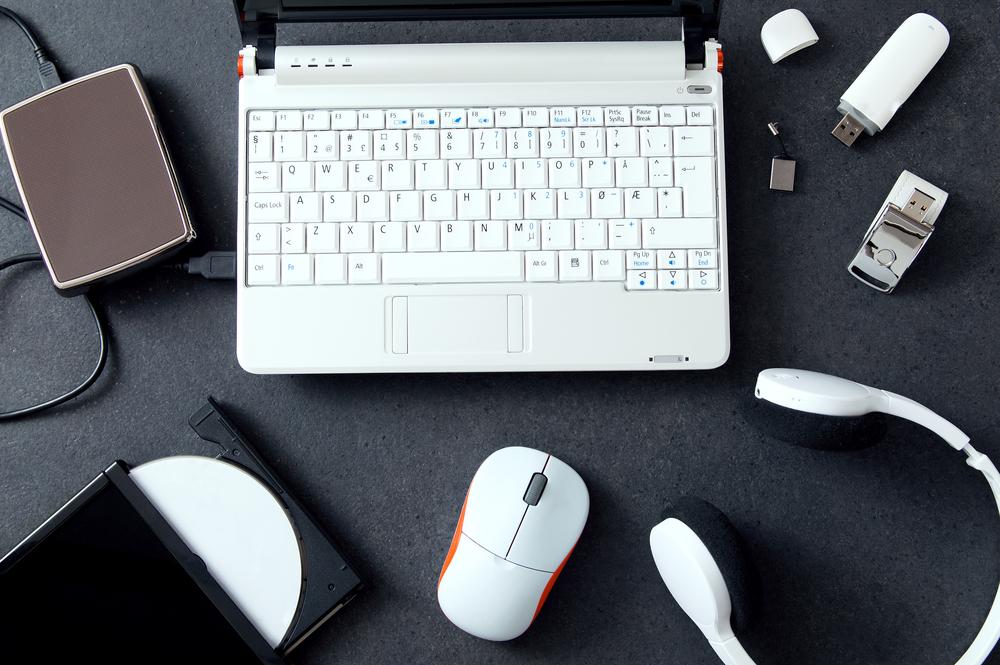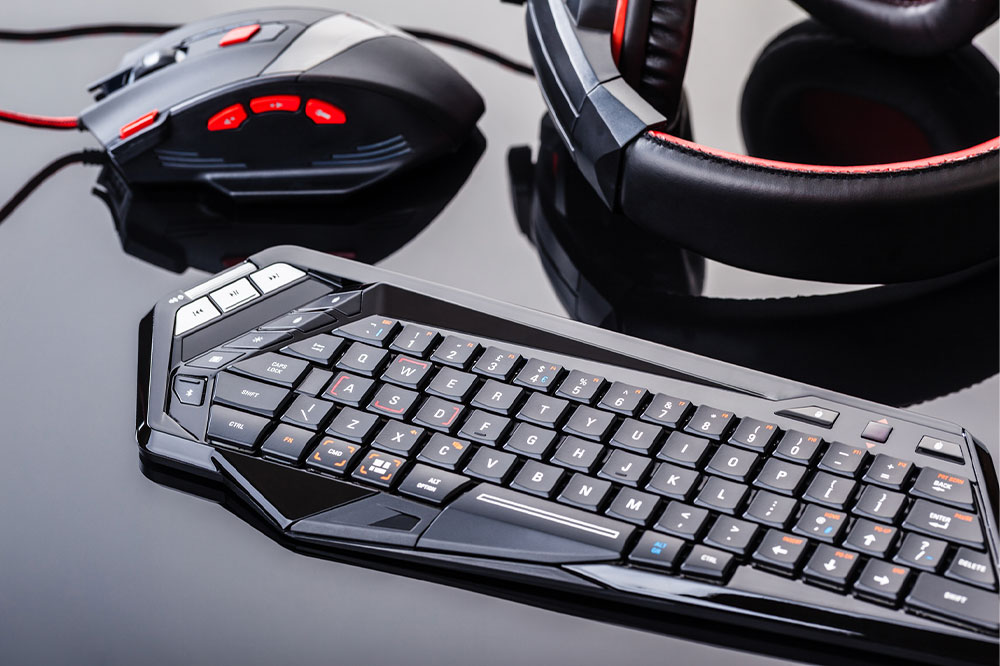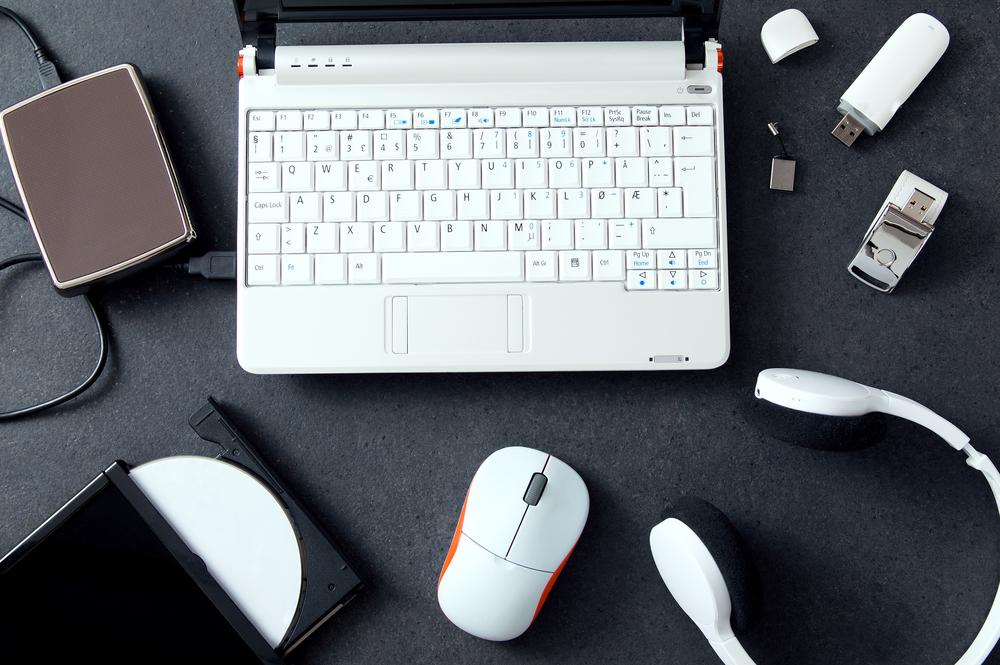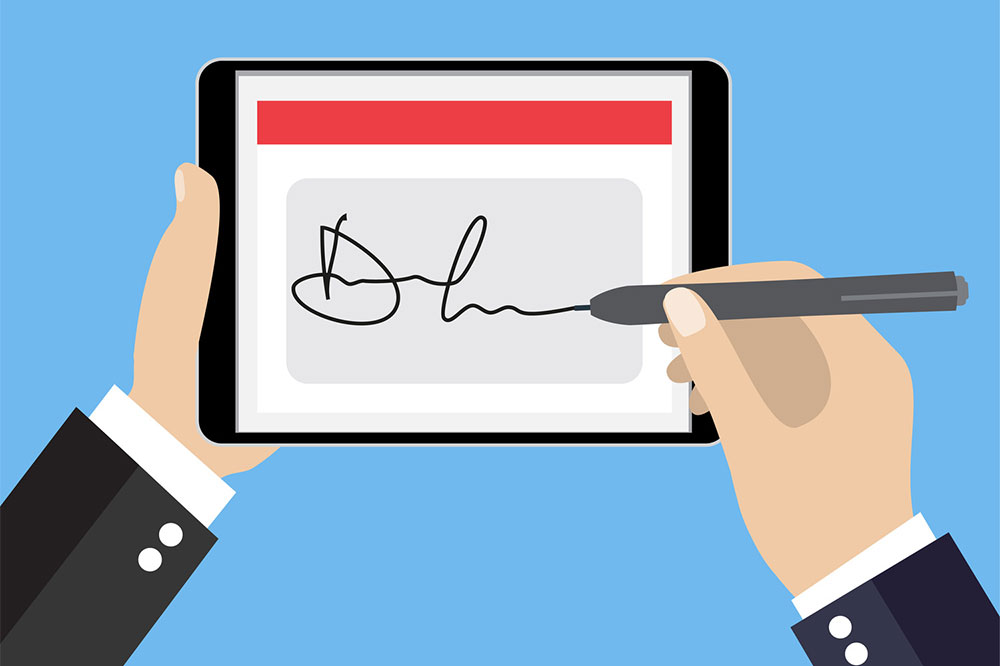Comprehensive Guide to Computer Peripherals and Accessories
Explore the diverse world of computer accessories and peripherals in this detailed guide. Learn about input, output, and multifunctional devices that enhance your computing experience. Understand essential tips for safe and effective purchasing, whether for personal or professional use. Stay updated on the latest upgrades and discover how these components improve system performance and user interaction.
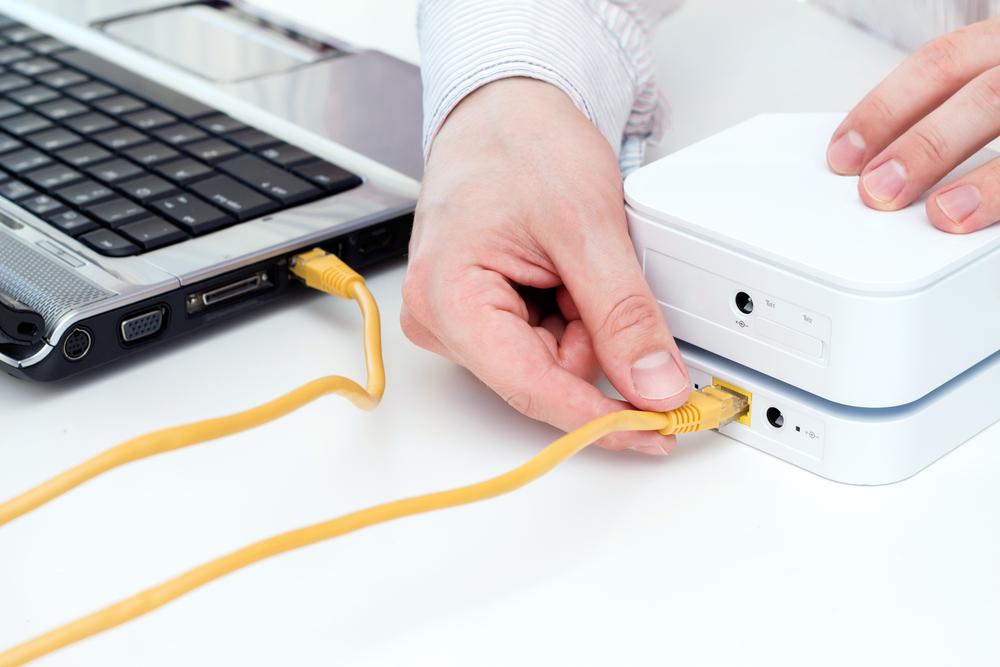
Understanding Different Types of Computer Peripherals and Accessories
An Insight into Computer Accessories and Peripherals
Advancements in technology have transformed how we interact with computers. Just a few years ago, wearable tech seemed like science fiction; now, it’s commonplace with a booming market presence. Tracing the evolution of these innovations highlights how far we've come since the early days of computing. Modern computers incorporate a variety of accessories and peripherals that significantly improve user experience, making tasks more efficient and enjoyable.
The current version of computers differs greatly from earlier models, thanks to continuous upgrades. These systems feature numerous accessories and peripherals that enhance functionality and user interaction. While the terms “accessories” and “peripherals” are often used interchangeably, they refer to distinct categories. Accessories are optional add-ons that improve convenience but aren’t essential, whereas peripherals are core components that support the primary functions of the computer. Both play vital roles in optimizing performance.
Computer accessories, such as gaming controllers, headphones, laptop covers, and graphic tablets, mainly boost the user experience without being critical for operation. In contrast, peripherals are essential hardware components that facilitate core computing tasks. These peripherals are classified into various types:
Input Devices – Devices like keyboards, mice, and scanners that help users communicate instructions to the computer. During setup, input peripherals are indispensable for data entry and control.
Output Devices – Devices such as monitors, printers, and speakers that display or produce the system's output, allowing users to view results or listen to audio feedback.
Input/Output Devices – Peripherals like external hard drives, webcams, and USB drives that function either as data receivers or senders, aiding in data transfer, backup, or real-time communication.
Additional Peripherals – Devices in this category include external storage, memory cards, and optical drives used mostly in professional settings and specialized tasks, available in standard and upgraded forms.
When purchasing these items, especially online, it’s crucial to buy from trusted vendors. High-quality accessories and peripherals prevent damage to your system and ensure optimal performance.
Note:
Our blog offers detailed insights across multiple categories, aiming to provide useful, practical information. Readers should use this as a guide rather than a definitive resource, as data may vary across sources. We also acknowledge that some deals, discounts, or offers might not be covered here, so always verify with official vendors for the best options.

